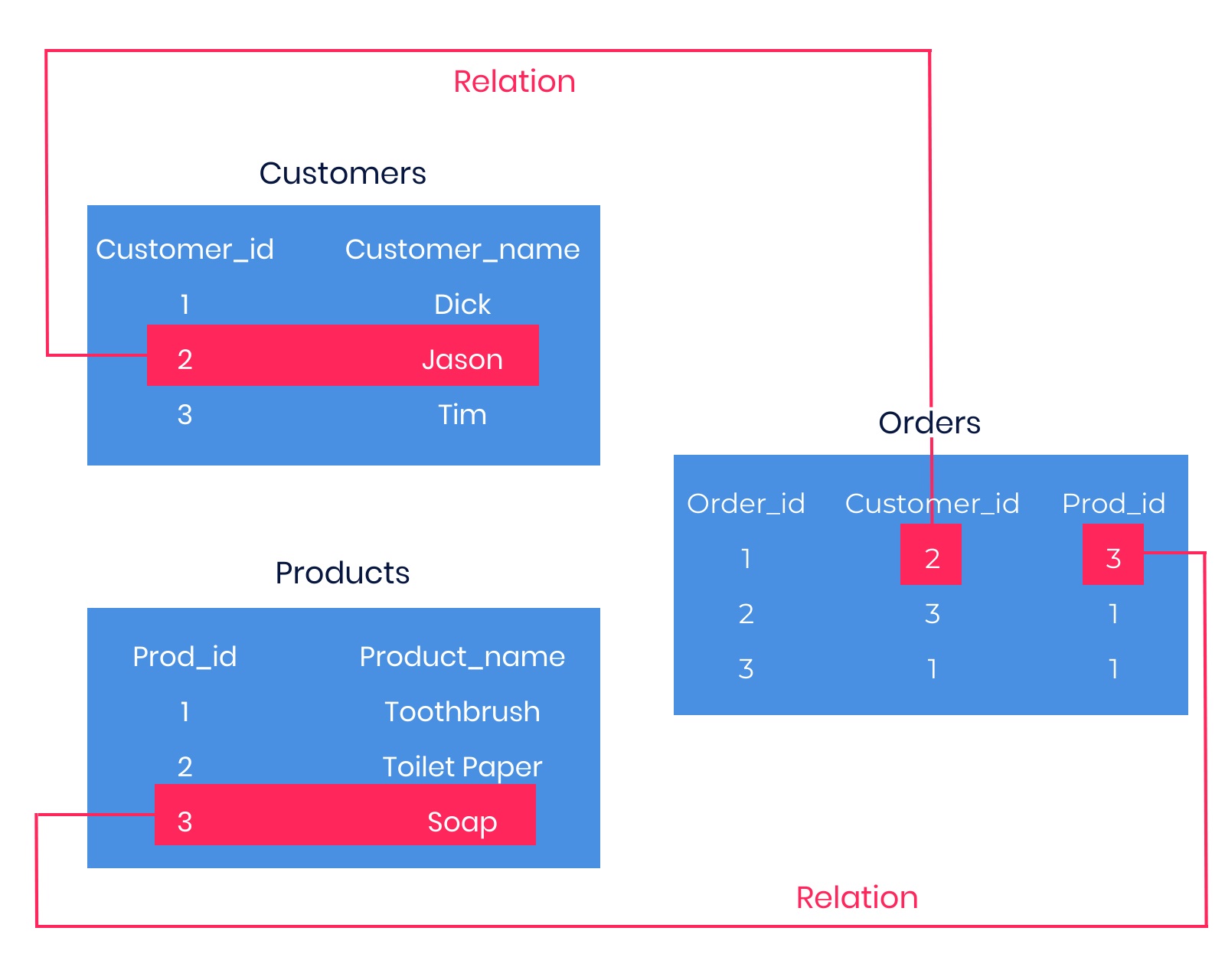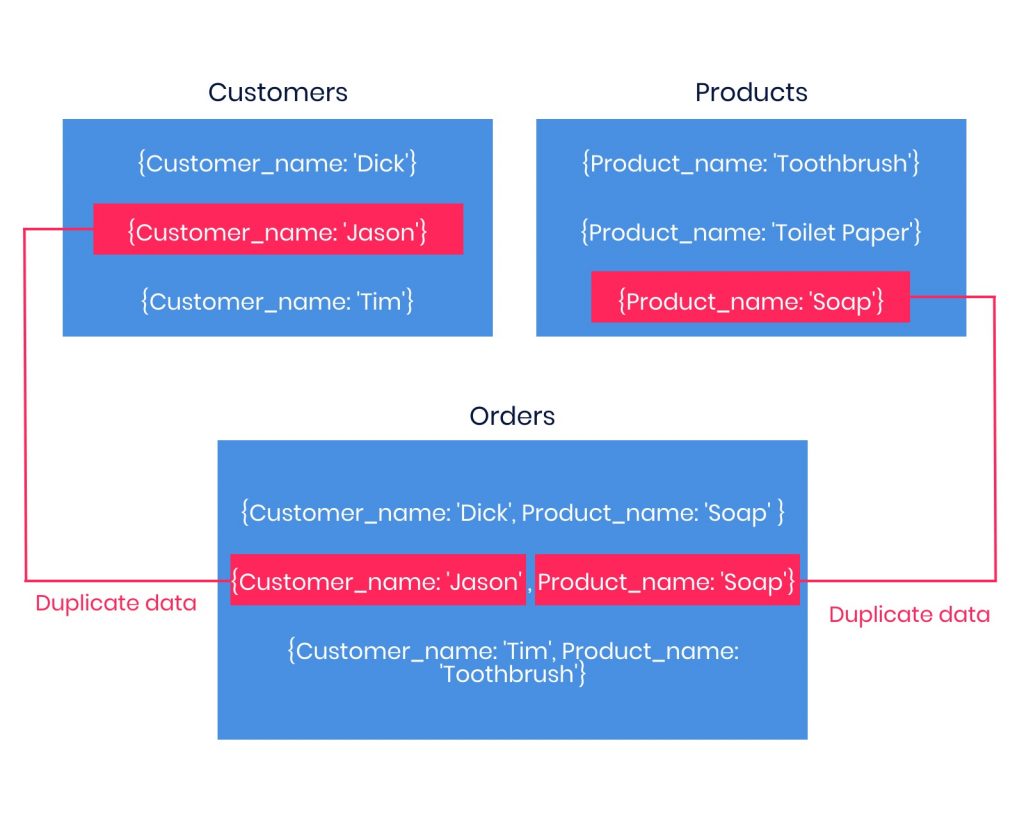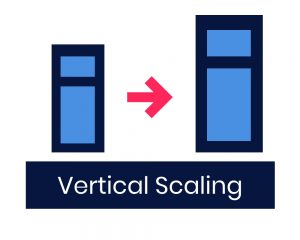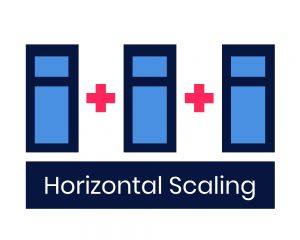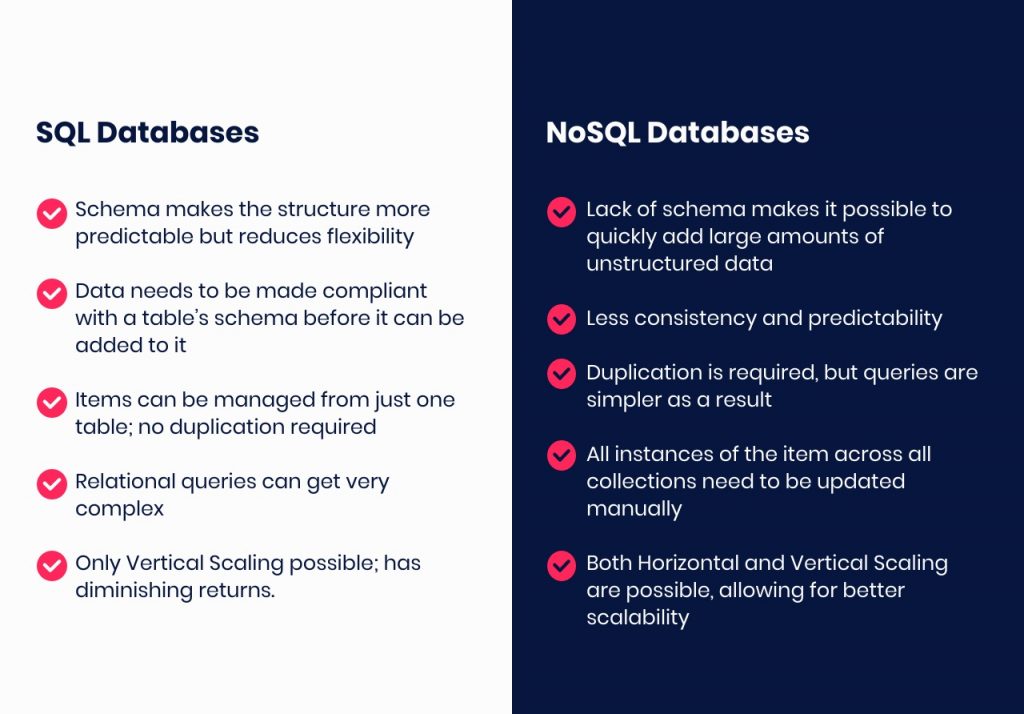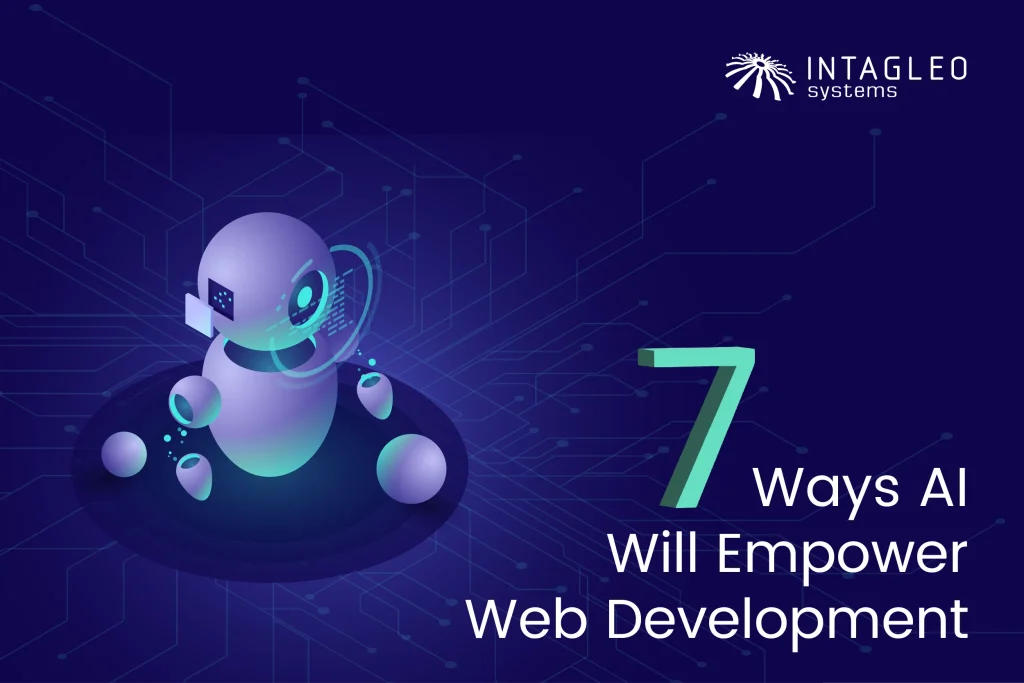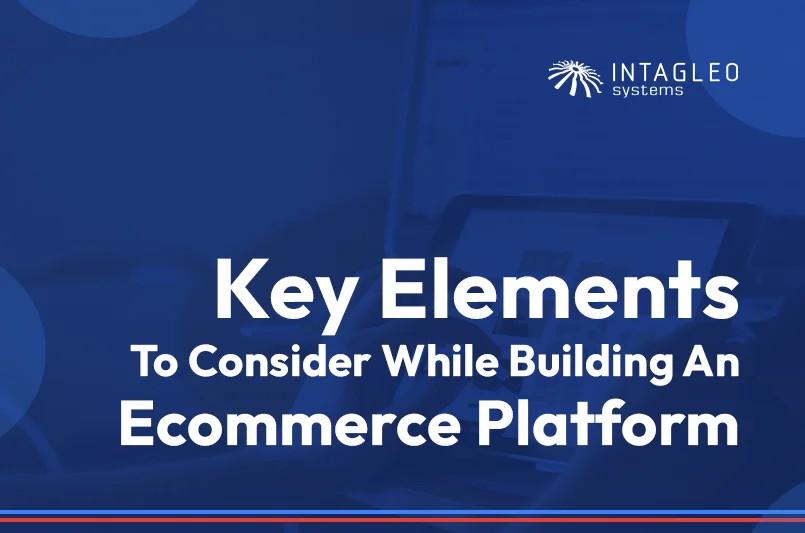Databases are a crucial component of the backend and enable apps to store & display information upon user request. With tons of data being generated every day, choosing the right database management system for your needs isn’t something you should take lightly. In this article, we will dig deep into the “SQL vs NoSQL databases” debate and cover topics such as their differences and why you might want to go with one or the other.
Let’s begin!
What is a SQL or Relational Database?
SQL stands for structured query language. It lets you make queries for retrieving, adding, updating, or deleting data in a database. Relational databases are called SQL databases, as they are often written in this language. Data is placed in tables that follow a strict predefined schema (more on that later).
Popular SQL Databases or (Relational Database Management Systems) RDBMSs include: MySQL, Oracle, PostgreSQL, Microsoft Azure.
What is a NoSQL or Non-relational Database?
The term NoSQL is short for ‘not only SQL’ and therefore encompasses a wide range of database technologies. Instead of tables, NoSQL databases are document-oriented and not bound by a schema and they are broadly categorized.
Types of NoSQL Databases
- Key-value stores: A simple model that pairs a unique key with an associated value.
- Document databases: Each document in this database has its own data and a unique key used to retrieve it.
- Graph stores: Data is organized as nodes with relationships between the nodes, similar to relational databases.
- Column stores: Data is stored in columns instead of rows, allowing for better scalability and performance.
Popular NoSQL databases include: MongoDB, Apache Cassandra, Amazon DynamoDB.
Let’s take a look at how SQL and NoSQL databases stack up against each other, and what you need to consider before picking one over the other.
SQL vs NoSQL Databases – What’s the difference?
Structure and Schema
A SQL database makes use of tables with rows (records) and columns (fields). Each table’s structure is governed by a rigid schema that clearly defines what kind of data can go into a table. Thus, every new record you add to a table has to comply with this schema, i.e., it has to be normalized. That is to say, the new record can’t have more fields than those already defined in the table, nor can it have any missing fields.
In a NoSQL database, we have collections instead of tables that contain documents (instead of rows). However, the structural differences run deeper than just the naming convention. NoSQL databases are built to store tons of data efficiently and prioritize this over having a rigid and predictable structure. You may add multiple documents to one collection with different fields than those already in the collection. This allows for more flexibility when adding or updating data.
Relations and Data Distribution
Also given their structural constraints, you typically don’t work with just one table when using SQL databases. Normalized data is usually distributed among multiple tables with relations between them. Relations can be of different types in the SQL domain: One-to-one, one-to-many, or many-to-many. SQL can query these inter-table relations as well.
For NoSQL databases, generally, there are no relations between the collections. If required, these have to be defined manually. This also means that NoSQL databases usually have to contend with a lot of duplicate data. Moreover, an item has to be manually updated across all the different collections that contain it.
Vertical and Horizontal Scaling
The scalability of a database refers to its ability to cope with the growing amount of data that is generated every day or how well it handles multiple read/write requests. A database may either be scaled vertically, horizontally or both. Let’s clarify what we mean by that.
- Vertical Scaling: This is when you extend the capacity of your existing server, i.e., by upgrading its processor, storage, or memory so that it could handle more data.
- Horizontal Scaling: This is when you add more servers that work in tandem to achieve the same. However, the database needs to be split and distributed across all these servers.
Given how data is structured in SQL databases, they generally only support Vertical Scaling.
In NoSQL databases, since there are no relations between standalone collections, data can be easily split across multiple servers, allowing for Horizontal Scaling as well.
SQL and NoSQL Databases: Who Wins?
To recap, SQL databases use schemas that make them more predictable, but also more rigid. While this is alright if you’re working with structured, consistent data, you’ll be severely limiting yourself if you intend on changing the data types you work with down the line. Schemas also mean you have to prep your records before you enter them in a table, which is also likely to slow you down.
Relations in an SQL structure also mean items can be stored and managed from one table. Thus, when you want to update an item, you don’t have to do it manually for each collection it’s present in, as you would for a NoSQL database. However, such relational queries can get overly complex and may hurt performance. On the flipside, queries tend to be simpler for a NoSQL database as all your data (although duplicated) is already merged the way you need it.
Lastly, scalability is also an important aspect to consider. Understandably, there are limits to the amount of raw computing power you can add to a given server; since it’s only possible to scale SQL databases vertically, diminishing returns are bound to set in. NoSQL databases fare better in this regard as they can leverage Horizontal Scaling out-of-the-box as well.
When it comes to SQL vs NoSQL databases, there’s no clear winner or loser. Both SQL and NoSQL databases have their strengths and weaknesses, and your choice will depend on the kind of application you want to build and the kind of data you want to store. Often in a large business environment where you work with different applications and types of data, you may even have to rely on both.
That being said, if you require assistance in building or maintaining either a SQL or NoSQL database, or need help choosing a structure that best meets your data requirements, contact us today. Intagleo Systems has over 15 years of experience in software development and can perfectly augment your team with expert data architects and backend developers to ensure the success of your project.
Sources:
1. Database Scaling: Horizontal and Vertical Scaling
